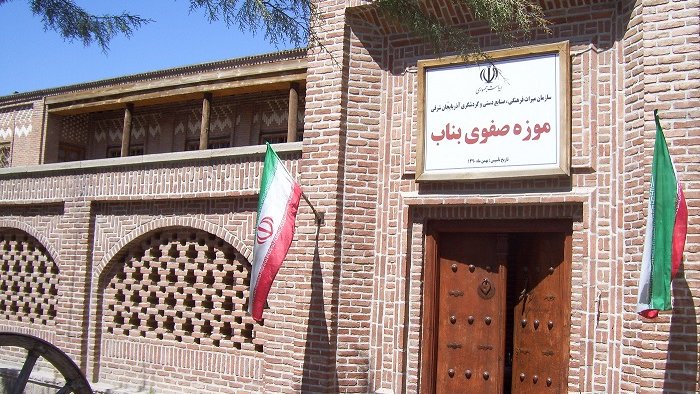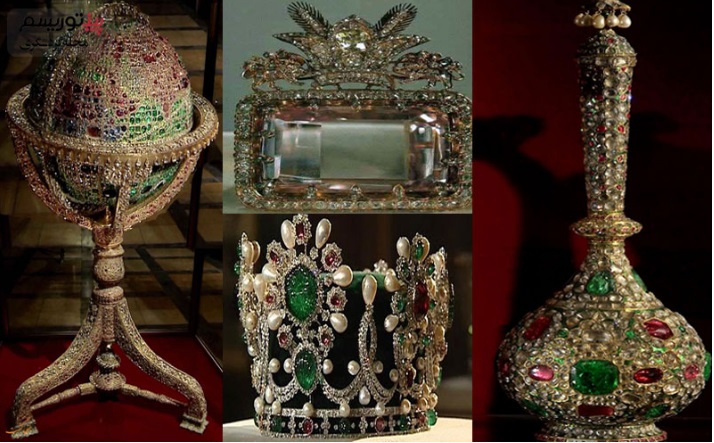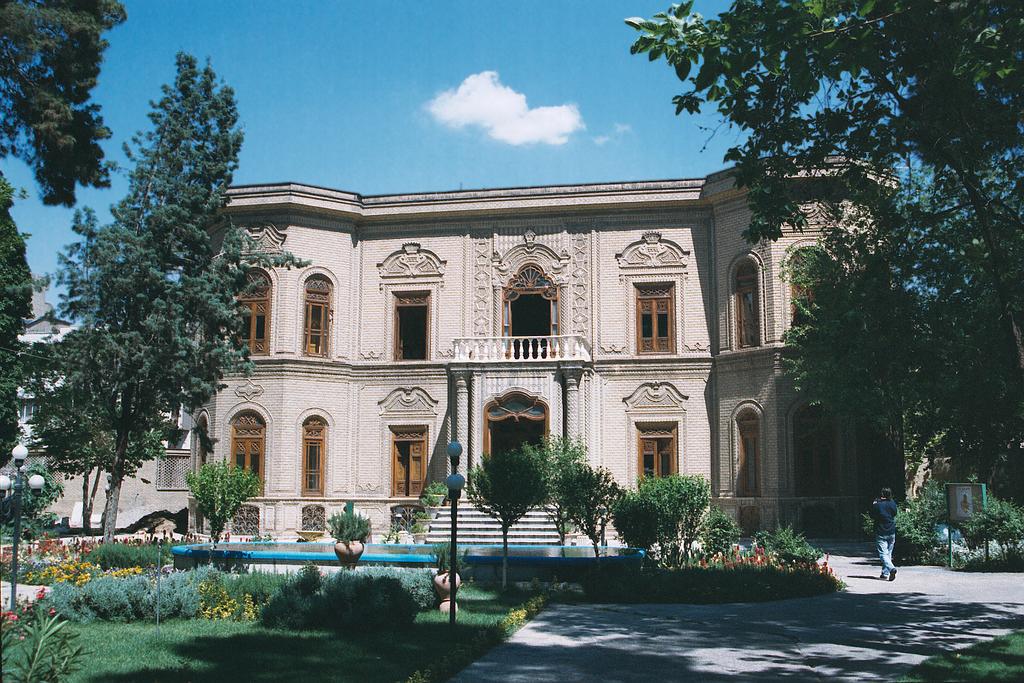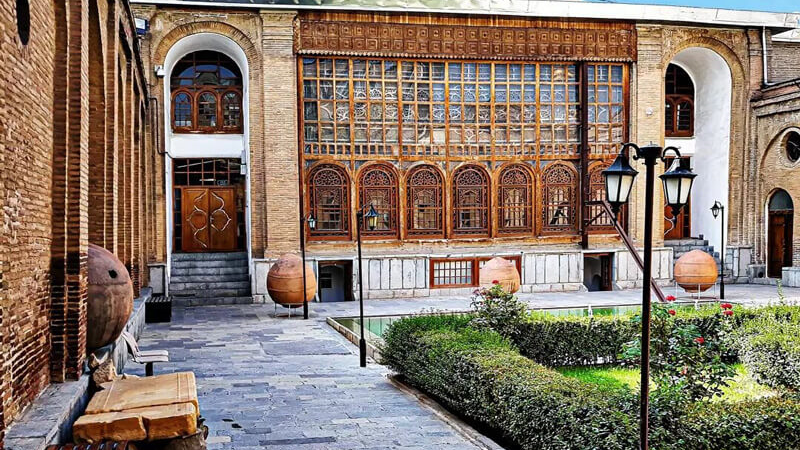
Azarbaijan Museum of Nomads, Getting to Know One of the Most Influential Parts of Iranian Society
Many tourists plan their trips around visiting major cities, often overlooking the pristine and authentic attractions tucked away in smaller towns along the way.
One of the most popular routes for travellers in northwestern Iran stretches from Tabriz to Sarein, Ardabil, and Astara. However, most visitors focus only on the starting and ending points of this journey, passing by cities such as Sarab without realising what they’re missing. This scenic region is home to stunning landscapes and remarkable historical landmarks — among them, the Azarbaijan Museum of Nomads, a fascinating space dedicated to preserving and showcasing the lifestyle and heritage of Iranian nomads.
The Importance of Nomads in the History of Iran
Nomads have played a vital role in shaping the political and social fabric of Iran. Many of the country’s ruling dynasties — including the Ghaznavids, Seljuqs, Khwarazmians, Ilkhanate, Qara Qoyunlu, Aq Qoyunlu, Afsharid, Zand, and Qajar — originated from nomadic tribes.
In recent decades, the trend toward urbanisation and the hardships of traditional nomadic life have caused this ancient way of living to fade gradually. The establishment of the Azarbaijan Museum of Nomads aims to preserve and celebrate this invaluable cultural heritage for future generations.
Nomads of Azarbaijan
The nomads of East Azarbaijan migrate twice a year — once in spring and once in autumn. Around mid-May, as the weather warms, they move toward their summer pastures in the highlands around Kalibar, Ahar, Heris, Sarab, Miyaneh, Maragheh, Charuymaq, and the Sahand, Sabalan, and Bozgush mountains.
As of 2022, nomads made up roughly two per cent of East Azarbaijan’s population but contributed nearly 20 per cent of the province’s light livestock production.
These nomadic communities belong mainly to the Arasbaran and Shahsavan tribes, comprising around ten different clans. They traditionally migrate between the provinces of East Azarbaijan, Ardabil, Zanjan, and West Azarbaijan, living in harmony with nature amidst the pristine mountain and plain landscapes that define their home.
Features and Architecture of Azarbaijan Museum of Nomads
The Azarbaijan Museum of Nomads is the first museum in Iran devoted to the life and culture of nomadic people. The museum is housed in a beautifully restored historic building known as the Jalal Bathhouse, which dates back to the late Qajar period (early 20th century). Covering an area of about 650 square meters, this bathhouse once served as a public bath for the people of Sarab. It featured separate sections for men and women, following the traditional design of Iranian bathhouses.
After its transfer from private ownership to the Sarab Municipality in 1993, the building underwent extensive restoration and was transformed into the museum it is today.
This anthropological museum offers a vivid depiction of nomadic life, showcasing their customs, language, livelihoods, housing, food, clothing, and handicrafts. Life-sized wax figures, dressed in authentic nomadic attire, stand beside traditional tents, illustrating scenes from everyday life. Many of the artifacts on display were collected from the East Azarbaijan and Ardabil provinces.
The museum also includes a specialised library featuring books on Iranian nomads and their culture. Visitors can explore diverse sections such as pastures and shepherding, dairy and wool processing, nomadic handicrafts, traditional music, clothing and ornaments, housing, a local bakery, a traditional coffeehouse, and exhibitions of handwoven carpets and rugs.
Where is the Azarbaijan Museum of Nomads Located?
The Azarbaijan Museum of Nomads is located in the city of Sarab, approximately 130 kilometres from Tabriz, right next to the Sarab Municipality building. For travellers seeking an authentic cultural experience and a glimpse into Iran’s living traditions, this museum is a must-see stop along the Tabriz–Ardabil–Astara route.
| Name | Azarbaijan Museum of Nomads, Getting to Know One of the Most Influential Parts of Iranian Society |
| Country | Iran |
| State | East Azerbaijan |
| City | Sarab |
| Type | Social |
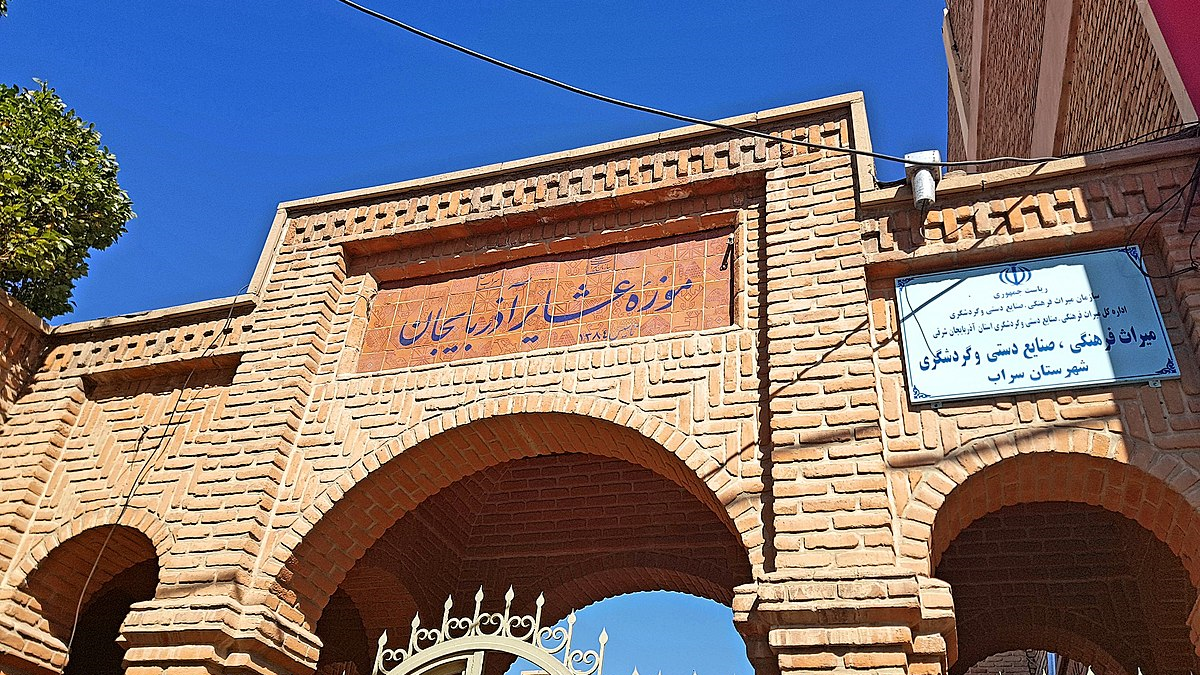
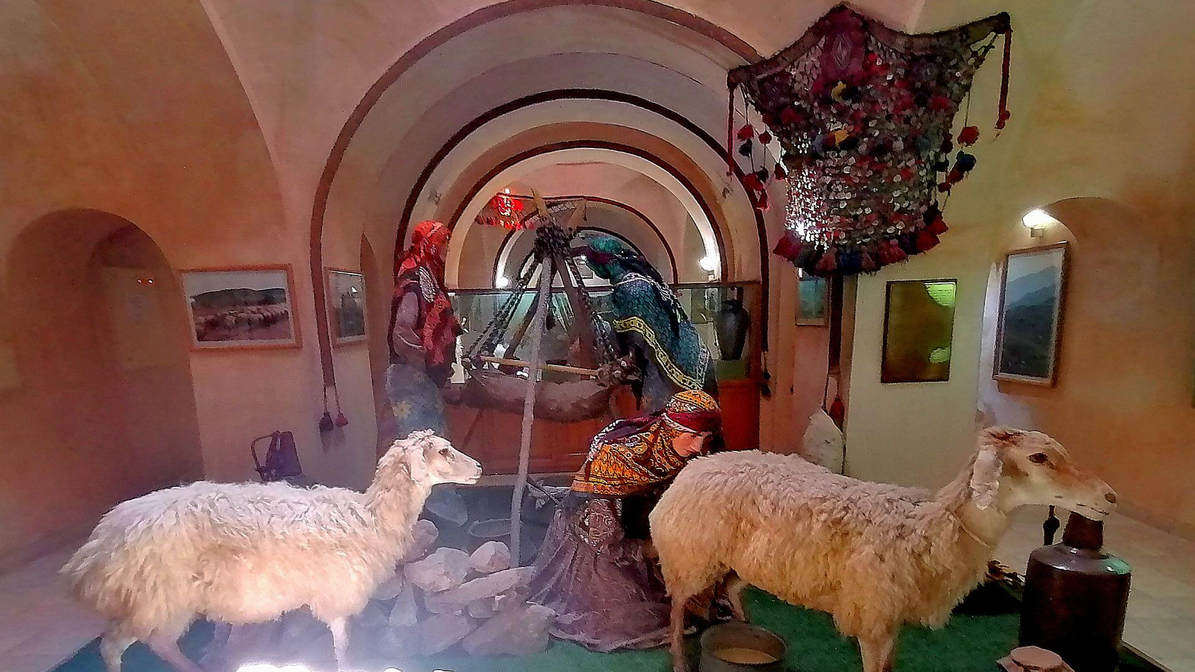
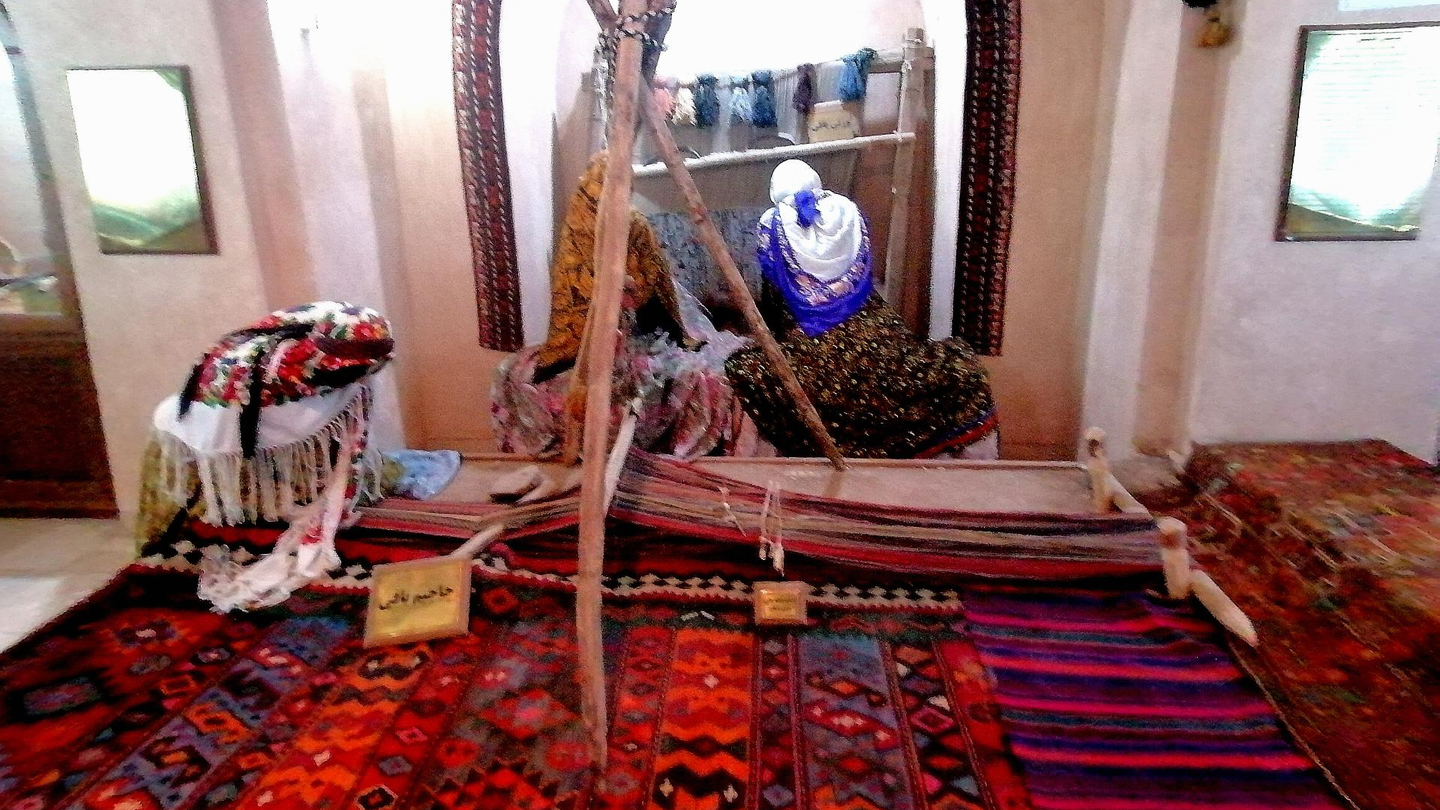
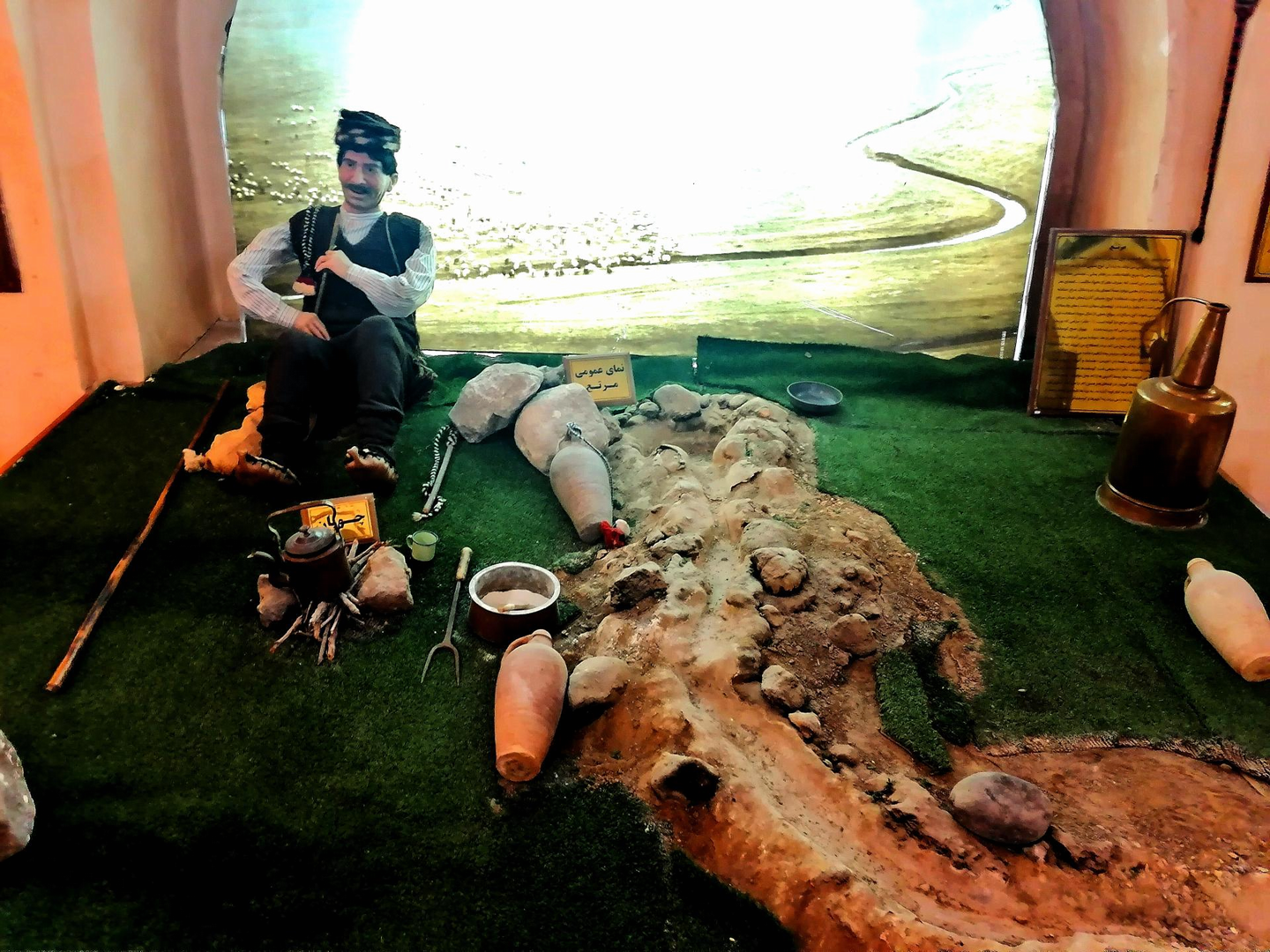
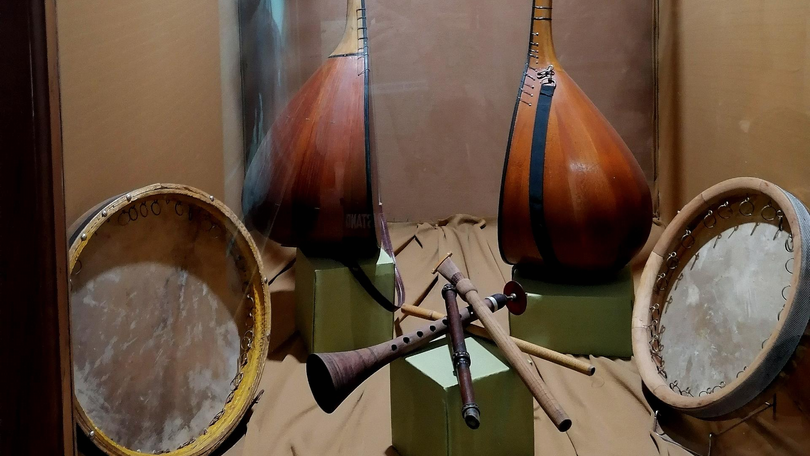
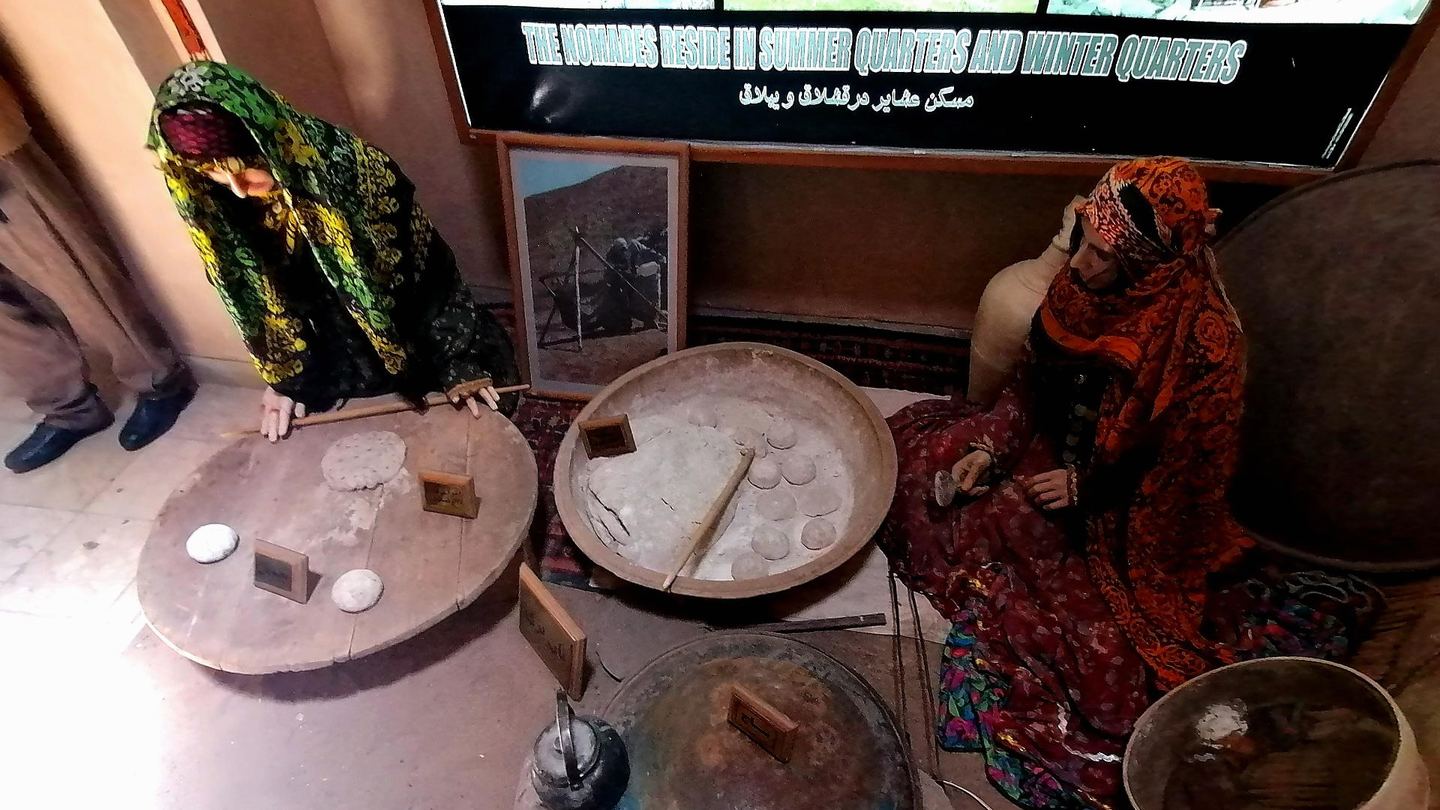






Choose blindless
Red blindless Green blindless Blue blindless Red hard to see Green hard to see Blue hard to see Monochrome Special MonochromeFont size change:
Change word spacing:
Change line height:
Change mouse type:
